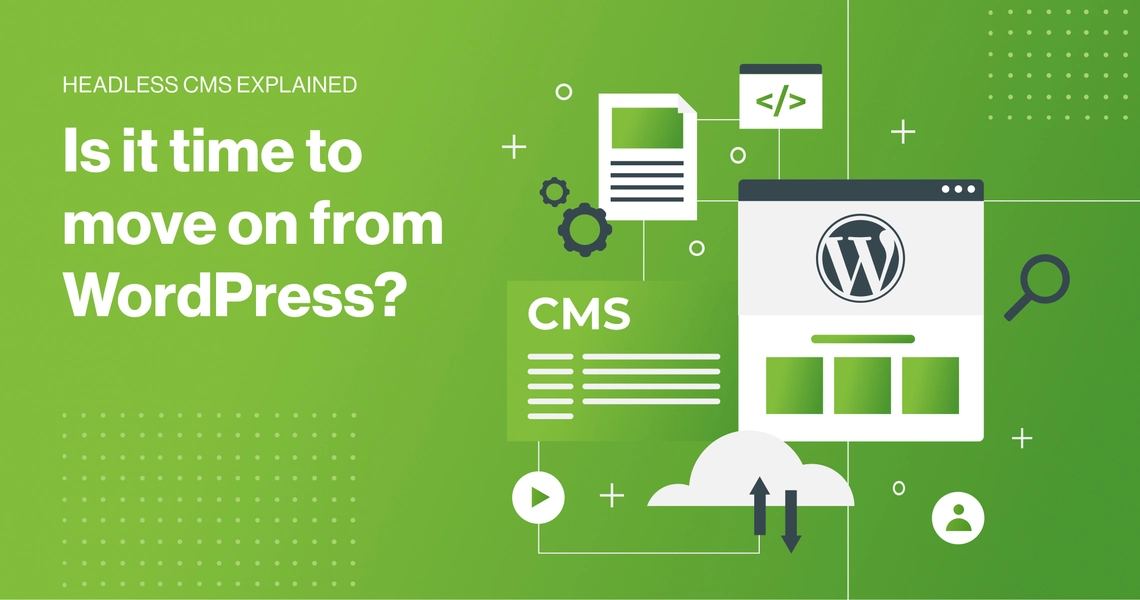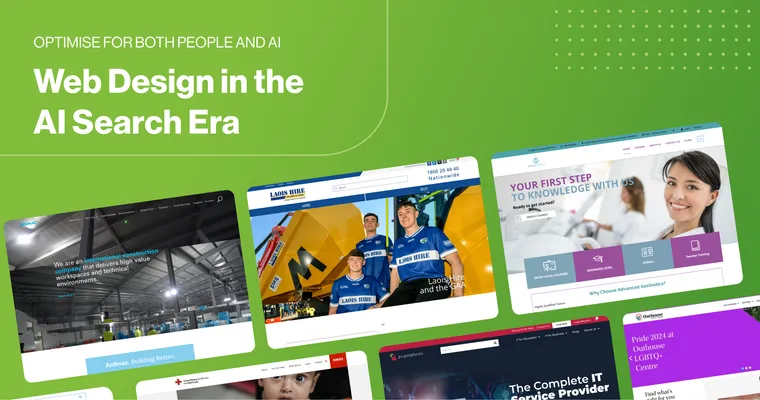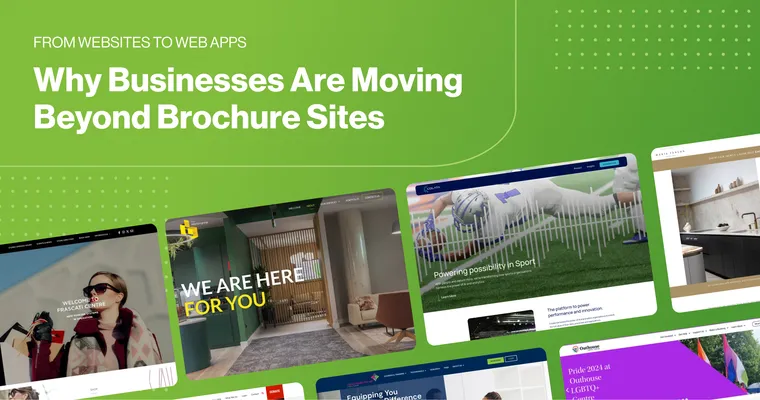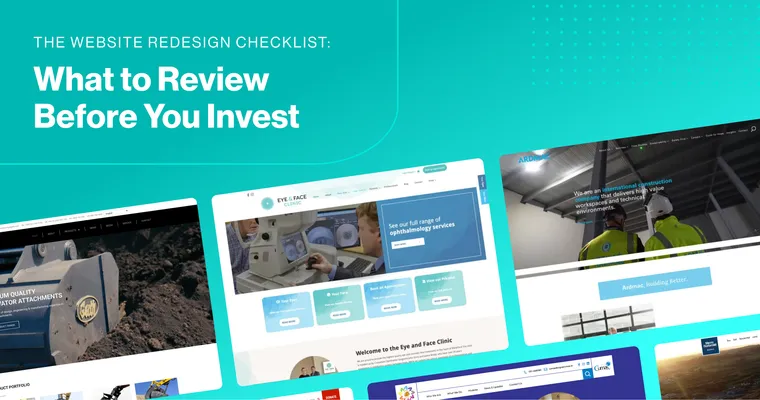Is It Time to Move On from WordPress? Why Headless Might Be Your Next Step
When WordPress was first released, it revolutionised the way businesses could build and manage websites. Even today, it powers over 40% of the web. But let’s be honest – your customers in 2025 expect more. Faster websites. Seamless user experiences. Multi-channel content delivery. And that’s where the cracks in traditional WordPress setups often begin to show.
At 2Cubed, we’ve helped countless businesses struggling with these challenges. Here are the pain points we hear most often:
Common Pain Points with WordPress
- Speed and performance issues – bloated themes, heavy plugins, and outdated hosting environments can slow websites to a crawl. Customers bounce if your site takes more than 2–3 seconds to load.
- Security concerns – WordPress’s popularity makes it a frequent target for hackers. Managing updates, patches, and plugin vulnerabilities can feel like a never-ending job.
- Scalability struggles – as businesses grow, they need websites that can handle more traffic, complex integrations, and global reach. Traditional WordPress can start to creak under the pressure.
- Plugin dependency – “there’s a plugin for that” isn’t always a good thing. Too many plugins can cause conflicts, performance issues, and long-term maintainability problems.
- Limited flexibility for multi-channel content – delivering content to apps, kiosks, digital screens, or future platforms is difficult with a standard CMS.
If any of those sound familiar, it might be time to ask: Is WordPress holding your business back?
Why Headless CMS Is the Smarter Alternative
A Headless CMS decouples the front end (what users see) from the back end (where content is stored). Instead of being locked into one system, you get freedom, speed, and scalability. Here’s how it solves the pain points above:
- Lightning-fast performance – front-end frameworks like Next.js and Nuxt.js deliver ultra-quick load times and SEO benefits, delighting users and search engines.
- Enhanced security – by separating your CMS from the front end, the attack surface is reduced, making your site far less vulnerable.
- Built for scale – handle high-traffic spikes, add new features, or expand globally without worrying about plugin overload.
- Future-proof content delivery – publish once, deliver everywhere. Whether it’s your website, app, or digital signage, your content can be reused across multiple platforms.
- Developer-friendly flexibility – integrations with CRMs, ERPs, and other systems become more seamless, allowing your website to truly work as part of your wider digital ecosystem.
At 2Cubed, we build Headless solutions with platforms like Storyblok, Strapi, and Contentful paired with Next.js or React – giving you a website that’s as powerful behind the scenes as it is engaging to your customers.
When Does Moving Headless Make Sense?
Switching to Headless is a strategic decision, not a quick fix. It’s the right move if:
- You’ve outgrown your WordPress site and need advanced scalability.
- Your business relies heavily on multi-channel content delivery.
- Speed and performance are hurting your conversions.
- Security and compliance (such as the EU Accessibility Act 2025) are critical.
- You need a site that integrates deeply with other platforms and tools.
If you’re nodding along, it might be time to explore a Headless solution.
WordPress vs Headless CMS: Pros and Cons
|
System |
Pros |
Cons |
|---|---|---|
|
Traditional WordPress |
– Easy to set up and manage, even for non-technical users |
– Can become slow with too many plugins or heavy themes |
|
Headless CMS |
– Lightning-fast performance with modern front-end frameworks |
– Higher upfront cost and longer development time |
FAQs
1. Is WordPress dead?
Not at all – WordPress is still a powerful CMS. But for businesses with growing technical needs, Headless often offers a better long-term solution.
2. Will moving Headless be expensive?
It’s an investment, yes – but one that pays off in performance, scalability, and reduced maintenance headaches. At 2Cubed, we tailor solutions to your business size and budget.
3. Can I still use WordPress with a Headless approach?
Yes, WordPress can act as the content backend while the front end is powered by a modern framework like Next.js. This gives you the best of both worlds.
4. Is Headless only for big enterprises?
No – Headless is increasingly being adopted by SMEs who want to future-proof their websites. If your business relies heavily on digital channels, it’s worth considering.
5. How long does it take to migrate to Headless?
Typical projects range from 3–6 months, depending on complexity. At 2Cubed, we map out a clear migration plan so your business experiences minimal disruption.



